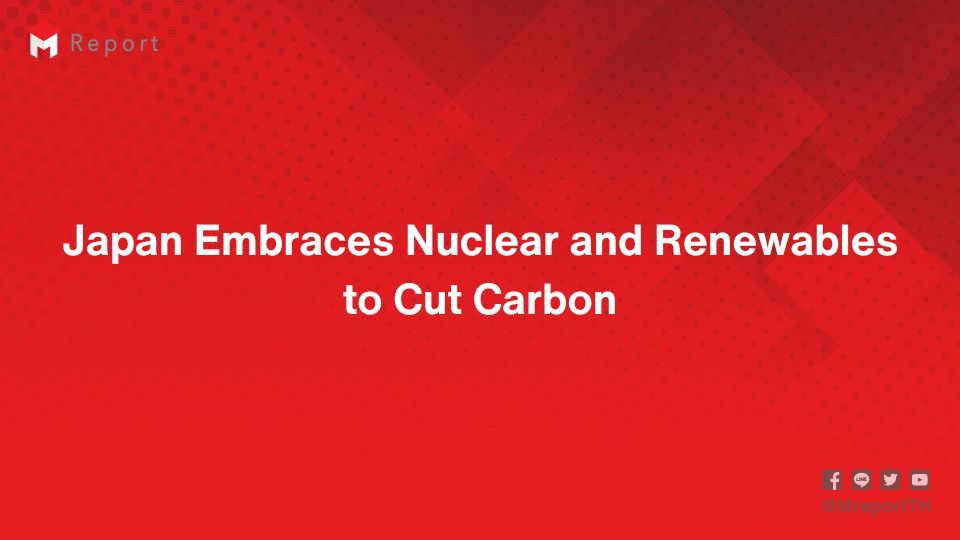
Japan Embraces Nuclear and Renewables to Cut Carbon
Currently, Japan is implementing its Sixth Energy Plan, which aims to reduce greenhouse gas emissions by 46% by fiscal year 2030 compared to 2013. The power source mix is expected to be 20–22% nuclear power and 36–38% renewable energy in fiscal 2030. However, the actual results for fiscal 2022 were only 5.5% and 21.7%.
Japan, May 7, 2024 - The government aims to compile the “7th Basic Energy Plan,” a medium- to long-term energy policy guideline, by the end of 2024. The focus will be on the power source mix from 2035 onwards. It is necessary to create a power source mix that achieves decarbonization, a stable supply of energy, and economic growth. However, there has been no progress in restarting nuclear power plants, and renewable energy also faces problems with output control. With the achievement of the FY2030 goals in doubt, we will be keeping a close eye on the debate that will begin this month regarding how to set goals for FY2035 and beyond.
Japan’s energy self-sufficiency rate is just over 10%, and it relies on thermal power generation for 70% of its power sources. The situation in Ukraine and the Middle East threatens the stable supply of energy and is likely to lead to a rise in electricity prices. Japan needs to make renewable energy its main power source and maximize the use of nuclear power, which serves as a baseload power source (low-cost, stable power source).
However, although TEPCO has finished loading nuclear fuel into the reactor at Kashiwazaki-Kariwa Nuclear Power Plant Unit 7, there is no prospect of local consent. It is hoped that the Fumio Kishida administration, which has changed its energy policy to maximize the use of nuclear power, will take the lead and foster understanding among locals. Renewable energy will also need to be controlled to balance the amount of electricity generated and used, and the development of storage batteries to store electricity is awaited. While expanding storage batteries, we also aim to strengthen the supply capacity of bendable solar cells called “perovskite” and floating offshore wind power generation, with the aim of making them a main power source.
In a joint statement on April 30, the G7 climate, energy, and environment ministers decided to phase out coal-fired power generation without measures to reduce emissions in the first half of the 2030s. In Japan, coal-fired power accounts for 30% of power generation. Although there are concerns about the stable supply of electricity, co-firing of coal and ammonia, which helps reduce greenhouse gas emissions, is not subject to the phaseout. Japan wants to contribute to global decarbonization by taking various measures.






